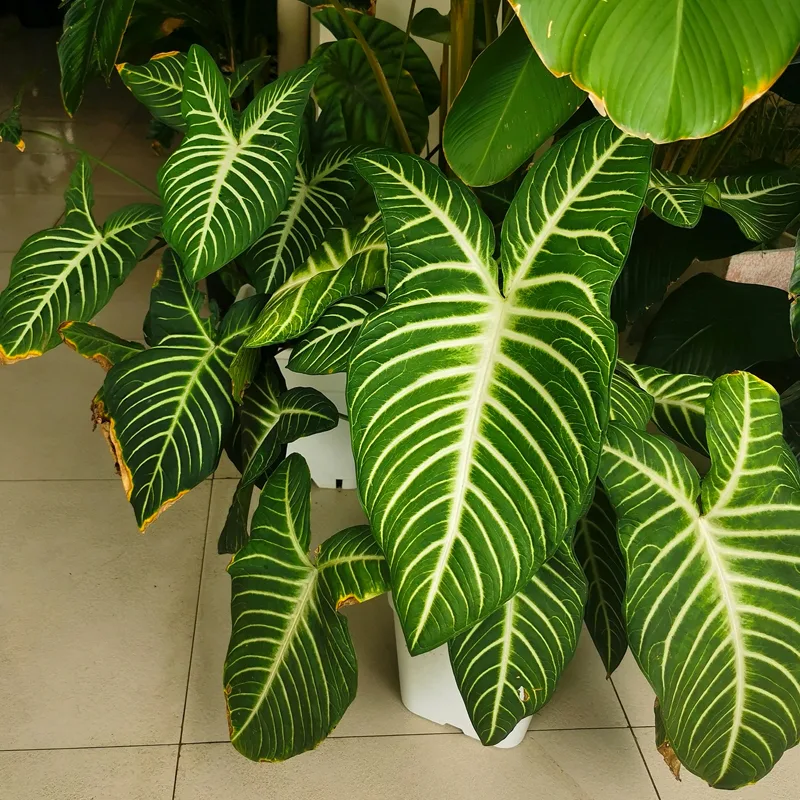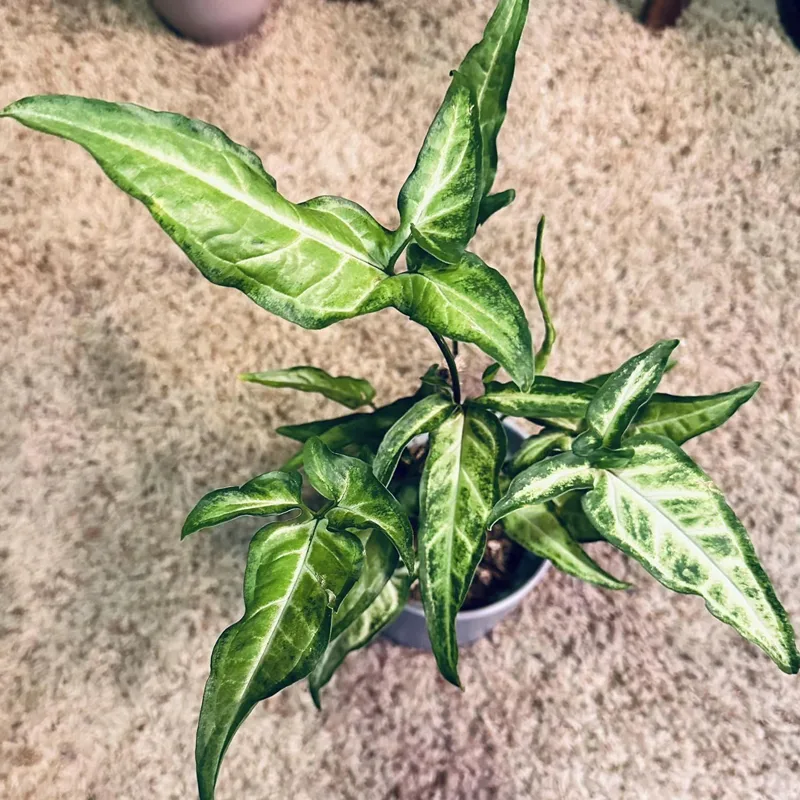FAQs About Acer Glabrum: A Comprehensive Guide
As a plant enthusiast, I’ve found Acer Glabrum to be a fascinating and rewarding species to grow. Whether you’re considering adding it to your garden or just curious about its care and characteristics, here’s a detailed guide to answer your most common questions about Acer Glabrum.
168 Species in Genus Acer – Maple Tree
What is Acer Glabrum?
Acer Glabrum, commonly known as the Rocky Mountain Maple, is a deciduous tree native to the western United States and Canada. It is known for its small size, vibrant foliage, and adaptability to various environmental conditions. This maple is particularly valued for its ornamental appeal and is a popular choice for gardeners looking to add a touch of color to their landscapes.
How Do Acer Glabrum Grow?
Acer Glabrum typically grows as a small to medium-sized tree or shrub. It reaches a height of 15 to 30 feet, with a similar spread. It thrives in well-drained soils and prefers full sun to partial shade. The tree is quite adaptable and can handle a range of soil types, though it flourishes best in slightly acidic to neutral soils.
One key to successful growth is ensuring that the plant receives adequate water, especially during dry periods. Regular watering helps establish a strong root system and promotes healthy foliage. Acer Glabrum is relatively low-maintenance but benefits from occasional pruning to maintain its shape and remove any dead or damaged branches.
How Old Must an Acer Glabrum Be Before It Blooms?
Acer Glabrum is not primarily grown for its blooms, as its primary appeal lies in its foliage and form. However, when it does flower, it usually happens in the spring. The tree needs to be at least 5 to 7 years old before it starts to flower. The blooms are small and not particularly showy, often overshadowed by the vibrant leaves that turn brilliant shades of red, orange, and yellow in the fall.
Is Acer Glabrum a Hardwood?
Yes, Acer Glabrum is classified as a hardwood. This classification means that its wood is dense and durable, making it suitable for various uses beyond just ornamental purposes. While it’s not typically used for commercial lumber, the wood can be utilized for crafting and other small-scale projects.
How to Care for Acer Glabrum?
Caring for Acer Glabrum involves a few straightforward practices:
- Watering: Ensure the tree receives consistent moisture, especially during hot, dry spells. However, avoid waterlogging, as this can harm the roots.
- Pruning: Regular pruning helps maintain the tree’s shape and encourages a more compact growth habit. Remove dead or crossing branches to improve air circulation.
- Fertilizing: Feed the tree with a balanced fertilizer in early spring to promote healthy growth. Avoid over-fertilizing, as this can lead to excessive foliage at the expense of blooms.
How to Propagate Acer Glabrum?
Acer Glabrum can be propagated through seed or cuttings. For seed propagation, collect the seeds in late fall, and stratify them in a cold, moist environment for several months before planting. Alternatively, take softwood cuttings in the summer and root them in a moist, well-drained medium.
What to Plant With Acer Glabrum?
Acer Glabrum pairs well with various companion plants. Consider planting it with:
- Evergreens: Such as Pine or Spruce, which provide year-round greenery and contrast with the maple’s seasonal changes.
- Groundcovers: Like Creeping Thyme or Hostas, which help keep the soil moist and reduce weed competition.
- Flowering Plants: Such as Daylilies or Astilbes, which add color and texture to the landscape.
Can You Grow Acer Glabrum Indoors?
Acer Glabrum is best suited for outdoor environments due to its size and growth requirements. Growing it indoors is challenging, as it requires specific light and space conditions that are difficult to replicate indoors. For those interested in growing a maple indoors, consider smaller varieties or dwarf maples that are better suited to container life.
Is Acer Glabrum Toxic?
Acer Glabrum is not considered toxic to humans or pets. However, as with many plants, it’s always best to prevent pets from chewing on foliage, as large quantities of any plant material could potentially cause gastrointestinal upset.
Benefits of Acer Glabrum
Acer Glabrum offers several benefits:
- Aesthetic Appeal: Its vibrant foliage adds color to gardens throughout the growing season.
- Wildlife Habitat: Provides habitat and food for various wildlife species, including birds and insects.
- Adaptability: Thrives in a range of soil types and environmental conditions.
Common Problems with Acer Glabrum
While Acer Glabrum is generally low-maintenance, it can face a few issues:
- Pests: Watch for common pests such as aphids or spider mites. Regular inspection and appropriate treatments can manage these issues.
- Diseases: Fungal diseases like powdery mildew can affect the tree. Ensure good air circulation and avoid overhead watering to minimize the risk.
Compare with Other Similar Trees
Compared to other maples like Acer Japonicum or Acer Palmatum, Acer Glabrum is smaller and more adaptable to varied soil types. While Acer Japonicum is known for its intricate leaf shapes and Acer Palmatum for its ornamental beauty, Acer Glabrum stands out for its resilience and ease of care in a variety of climates.
In conclusion, Acer Glabrum is a versatile and beautiful tree that can enhance any landscape with its vibrant foliage and adaptability. Whether you’re a seasoned gardener or a novice, understanding how to care for this plant ensures that it will thrive and provide enjoyment for years to come.
If i die, water my plants!



